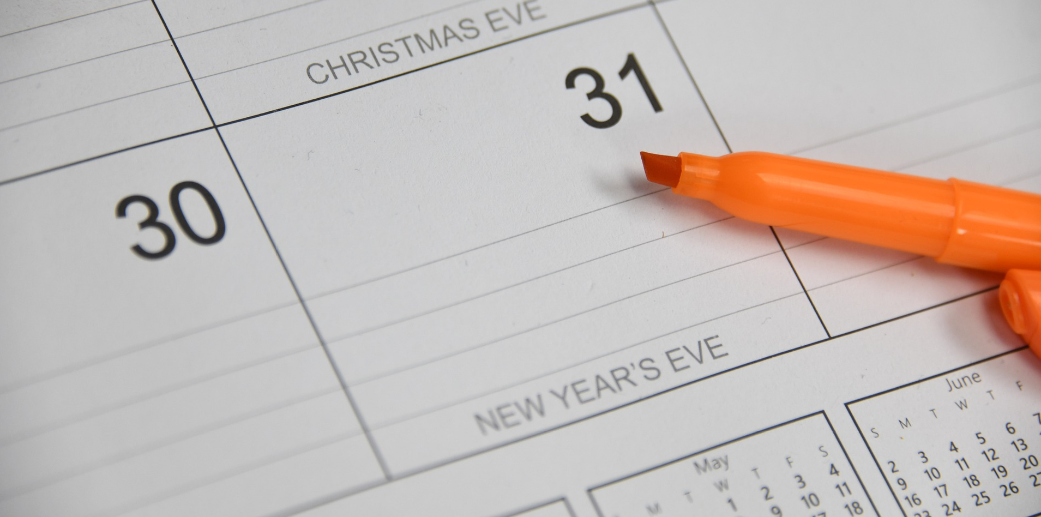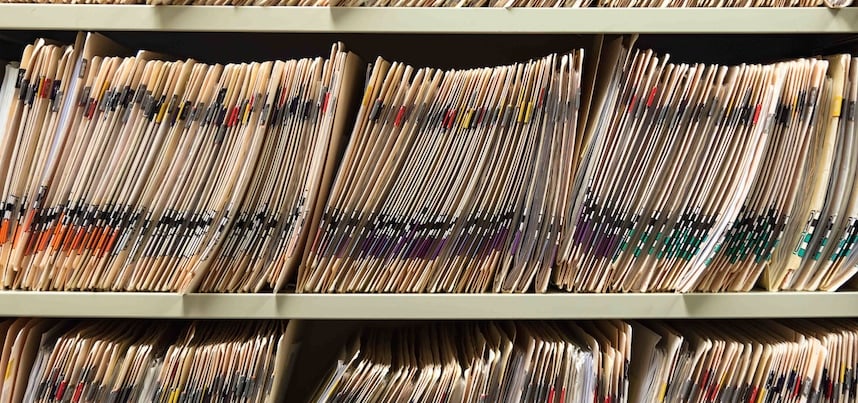Whether you work from home regularly, are hunkered down at the office or do a bit of both, one thing’s for sure — efficiency is of the utmost importance. While it can sometimes feel like there's never a good time to change the way you do things, it's beneficial in the long-run to take an occasional step back and think about how you can get more out of your time. Here are 11 strategies to consider.
1. Create a focus friendly space
One of the best ways to improve your focus is to create a space conducive to productivity. If you're working from home, set up a designated workspace that's comfortable, calming and private. If you're working from the office, the same strategy is helpful. That said, you also need to work a bit harder in a shared office space to set boundaries with coworkers. Closing your door, putting on headphones or updating your internal communication tools with a "busy" status, are a few easy ways to let your team know that you're in the zone and should not be disturbed.
2. Create a realistic to-do list for each day
To be efficient, plan ahead. By creating a to-do list at the end of each day, you can start the next day ready to go without wasting time feeling overwhelmed or aimless. Don’t let your to-do list get too long though. If possible, limit your to-do list to the five most important tasks for the day. If it helps with prioritization, consider the 20% rule. Identify the 20% of your work that’s most important, break it down into actionable tasks and prioritize those items for the day — the other 80% of your work can wait for another day. If you keep your to-do list short, not only will you have better focus, but you’ll feel more accomplished at the end of each day.
3. Implement the two-minute rule
This one’s for you, procrastinators. We kid, but in the interest of a shorter, higher-impact to-do list, practice the two-minute rule. The two-minute what? The two-minute rule just means that if anything comes up between tasks during the day that takes two minutes or less to complete, just do it. It’s easy to put these tasks off, but if you tackle them right away, they won’t be hanging over your head and you can keep your high priority to-do items as your main focus.
4. Take advantage of peak productivity periods
By now, you probably know when you’re most productive. While a lot of advice suggests taking the first hours of the day to work on your most challenging projects, the truth is, we’re not one-size-fits-all when it comes to productivity patterns. If you know you’re sharper in the afternoon, answer emails first thing so you can save the heavy lifting, or more complex projects, for the afternoon. Know when you’re at your best, and plan your schedule accordingly.
5. Break projects into manageable sections
When you’re faced with a big project, it can leave you spinning your wheels, unsure of where to start. To make a project like this more manageable, take a step back and figure out how to break it into bite-sized pieces. By doing this, you’ll have a clearer sense of focus as you start chipping away at each action item. Even better, you’ll feel motivated by your progress, which will help you reach your end goals faster.
6. Keep a distraction list
While we’d love to say “eliminate distractions,” we know that’s not realistic. Distractions are going to come up. It’s easy to get distracted with pretty much anything when you’re trying to be productive. To stay on task, keep a list of those one-off items as they come up. That way, you can set them aside and come back to them when you have time. This allows you to complete the task at hand, but not forget about the other to-do’s that need your attention (just not right now).
7. Resist the urge to multitask
It’s a common misconception that multitasking makes you more efficient. Contrary to popular belief, research shows that multitasking actually kills your productivity. Not only does it create mental blocks when you switch back and forth between tasks, but it negatively impacts your problem-solving ability. Since multitasking requires a lot of working memory, also known as brain storage, it can detract from your ability to think creatively. To stay on point (and be kind to your brain), focus your full attention on one task at a time.
8. Check messages at set times
Constantly responding to emails or messages on Slack or Teams can quickly derail your productivity. While some communication is time-sensitive, going unchecked for long periods isn’t realistic either. To strike a balance, designate up to five times a day to review emails. For messages on work platforms, either save them for your next check-in or let the sender know you’ll respond at a scheduled time. This approach ensures timely communication without letting messages dominate your day.
9. Figure out what to delegate
Just because you may know something best, doesn't mean you're the one that should necessarily be handling it. We get it. Sometimes explaining a project and making sure it’s done correctly feels like more work than just doing it yourself. And in some cases, that might be the case. But before you decide against delegating, ask yourself if your time is better spent elsewhere. If the answer is yes, identify the right person to help. Then, communicate the project and focus your time on the stuff that’ll help you really move the needle forward.
10. Take breaks
This one may sound counterintuitive, but here’s the deal: Nobody can focus for eight hours straight. No matter how efficient you are, it’s not possible to keep distraction-free focus for an entire workday. Plus, research consistently shows that even a five minute break can make you more productive. Allow yourself opportunities to recharge during the day, but be deliberate about it. To make sure you take legitimate breaks, schedule a few of them throughout the day. That way, you won’t let any little distraction become your “break time.”
11. Equip yourself with work-from-anywhere tools
One surefire way to increase efficiency? Leverage time-saving technology. Whether you want to seamlessly collaborate with remote coworkers, more effectively manage projects, accurately track time, or securely store and access data and resources 24/7/365, find the right tools to enhance your productivity. To do your best work — no matter where you are — take a look at how these 43 crowd-favorite tools can help.
Editor's note: This blog was originally published May 7, 2020 and is updated regularly to reflect up-to-date and enhanced information and tips.


.png)







